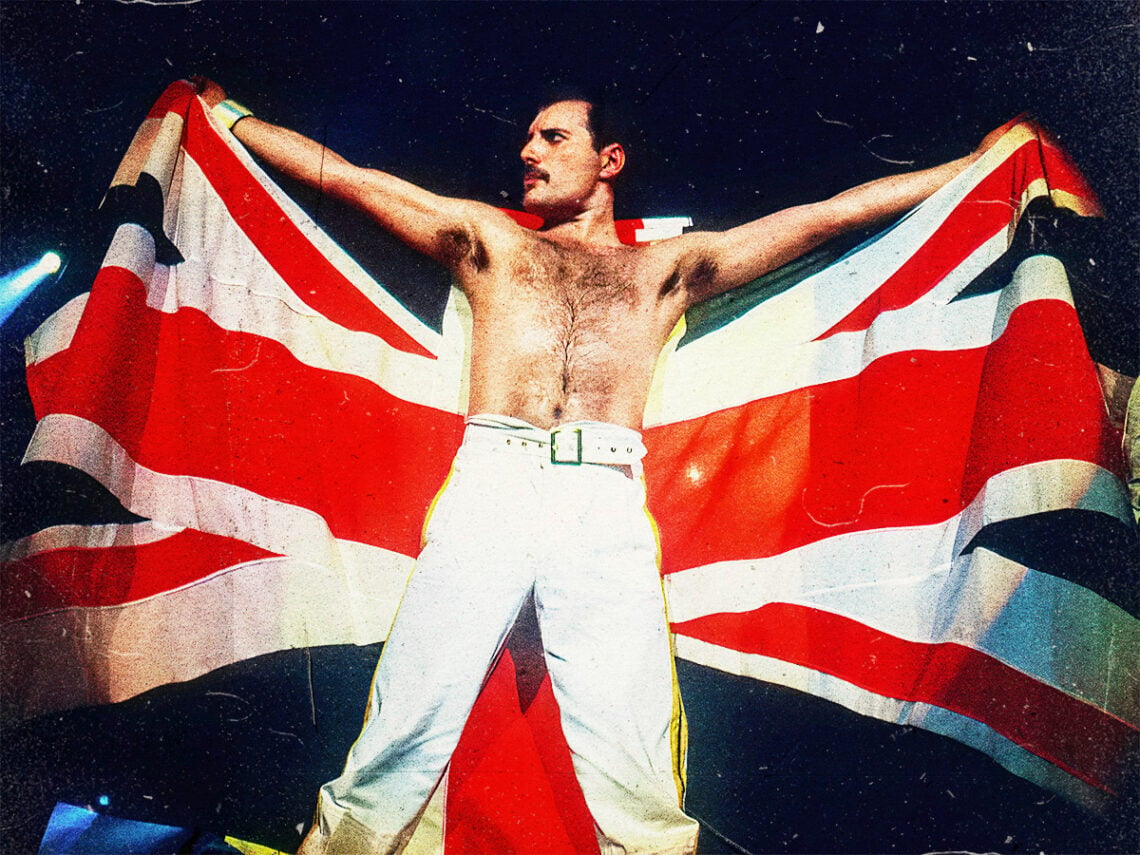When discussing the glam rock surge of the 1970s, names like David Bowie and T. Rex often come up. The very fact that Queen are not immediately thought of shows how neatly they carved out a unique niche, distinct from anything that came before or after. Although initially formed by Brian May and Roger Taylor, the inclusion of Freddie Mercury brought the band infinitely closer to their breakthrough, but nothing could prepare them for the explosion that occurred following their coveted fourth album.
While the band’s first three records, Queen, Queen II, and Sheer Heart Attack, were extraordinary and garnered the proportionate level of acclaim to prove so, their 1975 masterpiece, A Night At The Opera, catapulted the group to international stardom and solidified their status not only as glam rock luminaries but experimental innovators. Against all odds, Queen surged in popularity by ignoring advice to deliver radio-friendly edits that audiences were guaranteed to resonate with.
There are many songs on the album that demonstrate this pivotal position, but the most obvious example, of course, is the six-minute tour de force ‘Bohemian Rhapsody’. Despite being advised by many industry experts and respected music figures not to release the track because, as May put it, “it was too long and nobody would ever play it,” they went ahead and did it anyway—and it became a living example of going with your gut, even when something appears too wild to ever go the whole nine yards.
Aside from the obvious structural reasons, ‘Bohemian Rhapsody’ proved that popular music could be as versatile as you wanted it to be. The only key challenge was that it required immense musical talent, including Mercury’s phenomenal vocal performance, which acted as the fundamental glue that tied the entire thing together. Despite the innovative accompanying arrangements, Mercury gave the composition a sense of grandeur while effortlessly gliding through various paces, moods, crescendos, and movements.
Reflecting the album’s title, ‘Bohemian Rhapsody’ was also considered a tongue-in-cheek operatic rock number. It borrowed from jazz, balladry, and progressive rock and resulted in an intricate technical marvel that no one will ever be able to replicate. Despite almost everybody warning the band against releasing the song, it made a splash bigger than they could have ever imagined and has become one of the most enduring pieces of music of all time.
According to Mercury, this explosion was felt among the band members to the point where it suddenly felt like Queen had become much bigger than they could have anticipated. “That was really when the Queen volcano erupted, when it suddenly just went bang!” said Mercury, a couple of years after the song’s release.
He added: “That single sold over a million and a quarter copies in Britain alone, which is outrageous. Imagine all those grandmothers grooving to it!”
It seems an impossible feat, considering this was the song that was never meant to be played and only ended up entering listeners’ ears after one radio DJ, Kenny Everett, felt so intrigued by a note that urged him not to play it that he simply couldn’t help himself. He might have eased people in slowly by teasing snippets, but no one could have slowed down what would become such a monstrous force in the world of rock.

